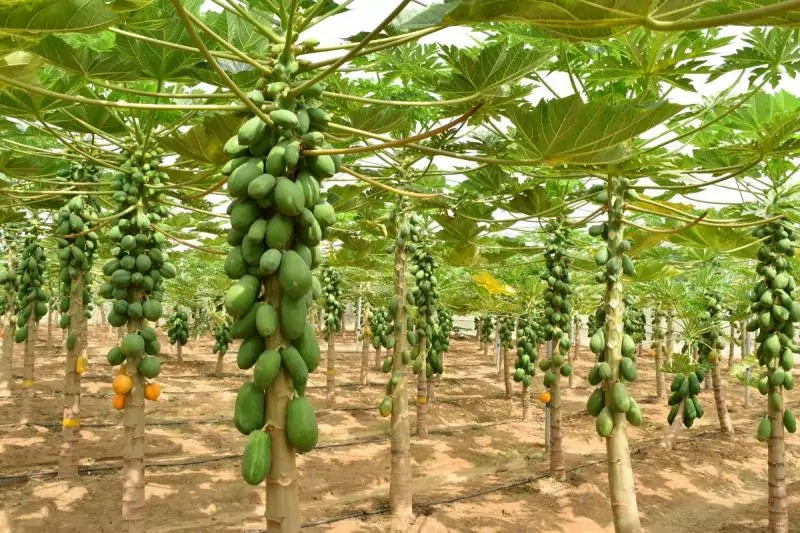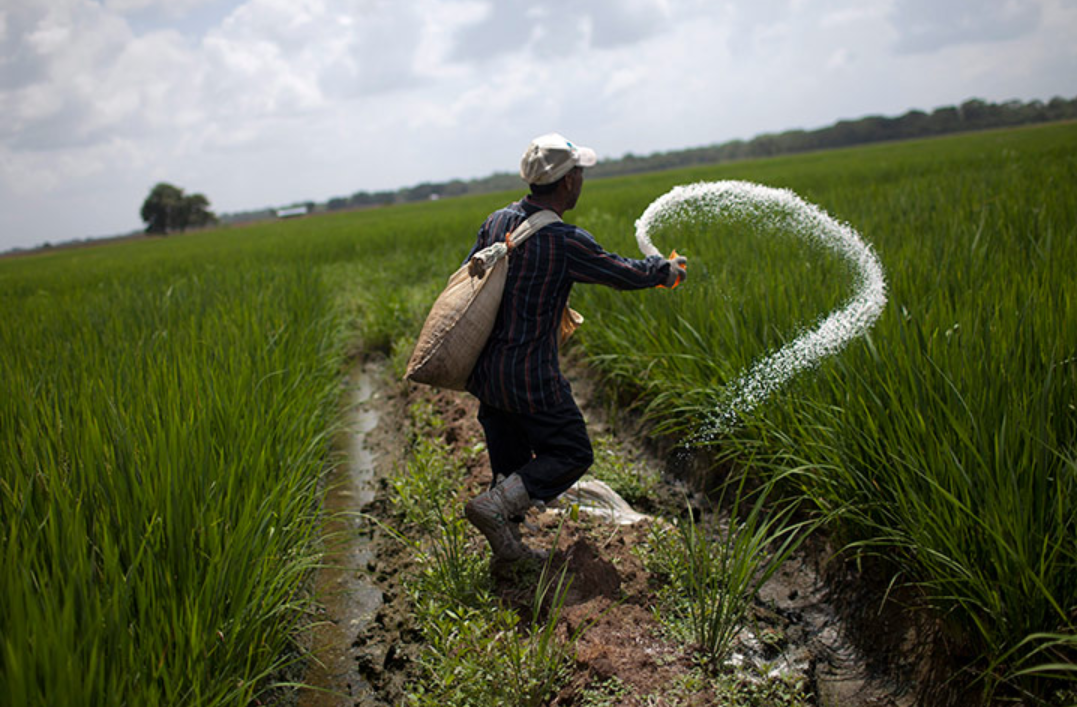Sugarcane farming in Kenya is a major source of income, especially in Western Kenya. The crop supports thousands of households, most of them small-scale farmers. Sugarcane is not only used by millers to produce sugar but is also sold directly to consumers for chewing.
With proper land preparation, care and market access, sugarcane farming can be a highly profitable agribusiness.
This guide offers simple, practical insights into sugarcane farming in Kenya, from planting to harvesting and marketing.

Why Sugarcane Farming in Kenya Remains a Reliable Livelihood
Sugarcane farming in Kenya has deep roots in many rural communities. It provides a steady income, supports local industries and creates jobs throughout the value chain. Most of the crop is grown by smallholder farmers who sell their produce to nearby sugar mills or local vendors. The country’s warm climate and fertile soils offer ideal conditions for growing sugarcane.
Top Sugarcane Growing Areas in Kenya
Several counties are known for sugarcane farming in Kenya. These include:
Mumias
Muhoroni
Chemelil
Nandi
Kakamega
Homabay
Gucha
Awendo
Nyando
Miwani
Busia
Bungoma
Transmara
These areas benefit from consistent rainfall and fertile soils, making them ideal for large- and small-scale sugarcane production.
Ideal Conditions for Growing Sugarcane
To achieve a good harvest, sugarcane requires specific ecological conditions:
Deep, well-drained soil with a pH of 5.0 to 7.0
Temperatures between 20°C and 28°C
Altitude range of 0 to 1800 meters
Annual rainfall between 1200 mm and 2000 mm
Farms that meet these conditions tend to have better yields and healthier crops.
Land Preparation Techniques
Start land preparation early to allow for proper breakdown of organic matter. Plough the land thoroughly and ensure it reaches a fine tilth. This helps with water retention and root penetration.
Next, dig furrows 30–40 cm deep. These are where the sugarcane cuttings will be planted. Furrows also help in conserving moisture and directing root growth.
How to Plant Sugarcane Properly
Sugarcane is not grown from seeds but from cuttings taken from mature stalks. These cuttings are placed horizontally in furrows and lightly covered with soil. To boost root development, mix the soil with DAP fertiliser before covering.
Use the recommended spacing:
1m between rows, 1.3m between furrows, and 0.5m between cuttings.
Proper spacing ensures the plants get enough nutrients, light and airflow.
Weed Control and Maintenance
Weeding is an important part of sugarcane farming. Weeds compete with sugarcane for nutrients, water and space. To control them:
Weed regularly using hoes or manual tools
Apply selective herbicides that kill weeds but do not harm sugarcane
Practise crop rotation to reduce persistent weed problems
Keeping your field clean improves yields and reduces pest pressure.
Pests and Diseases Affecting Sugarcane
Sugarcane can be attacked by several pests and diseases. Common pests include:
African armyworms
Stalkborers
Spotted cane borers
Pink sugarcane mealybugs
Common diseases include:
Sugarcane smut
Red rot
Sugarcane mosaic
Potyvirus infections
To protect your crop:
Use resistant varieties
Apply selective sprays when needed
Maintain proper field hygiene to prevent spread
Always consult agricultural experts before using any chemicals.
Harvesting and Yield
Sugarcane maturity depends on the variety planted. Some types mature in 12 months, while others take up to 24 months.
Signs of maturity include:
Browning and drying of lower leaves
Hard, thick stalks
Brix reading (sugar content) of at least 18%
Cut sugarcane using sharp machetes and avoid damaging the roots, especially if you plan to ratoon the crop for another cycle.
Selling and Marketing Sugarcane in Kenya
There are two main ways to sell sugarcane in Kenya:
Contract supply to sugar millers – You agree to deliver sugarcane to a specific mill for payment.
Direct sales to consumers – Many small traders sell chopped sugarcane on the streets in towns and rural centres.
Street vendors sell pieces of sugarcane for as little as Kshs 10. This shows how strong the local market demand is.
Sugarcane farming in Kenya continues to offer farmers a stable source of income. With the right practices in land preparation, planting, weed control and pest management, yields can be high and consistent.
Whether selling to sugar millers or directly to consumers, sugarcane is a profitable venture. For farmers in the right regions, sugarcane farming is more than a crop—it’s a livelihood.






































